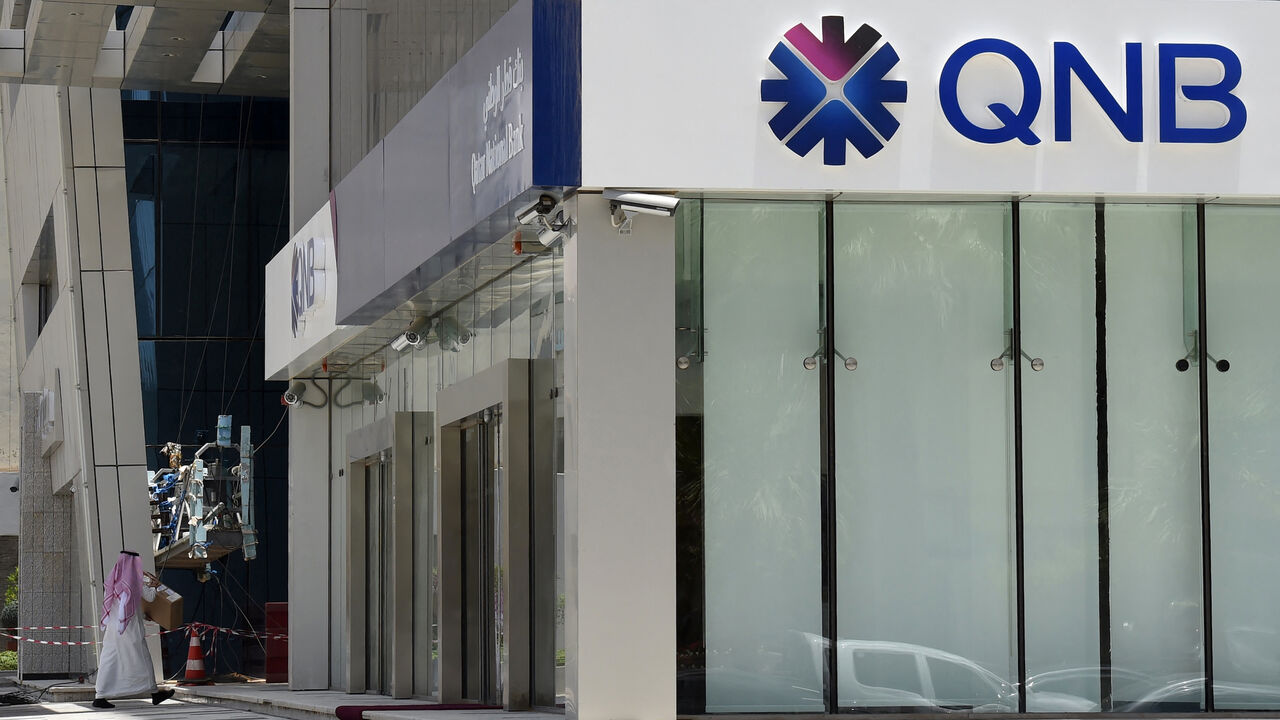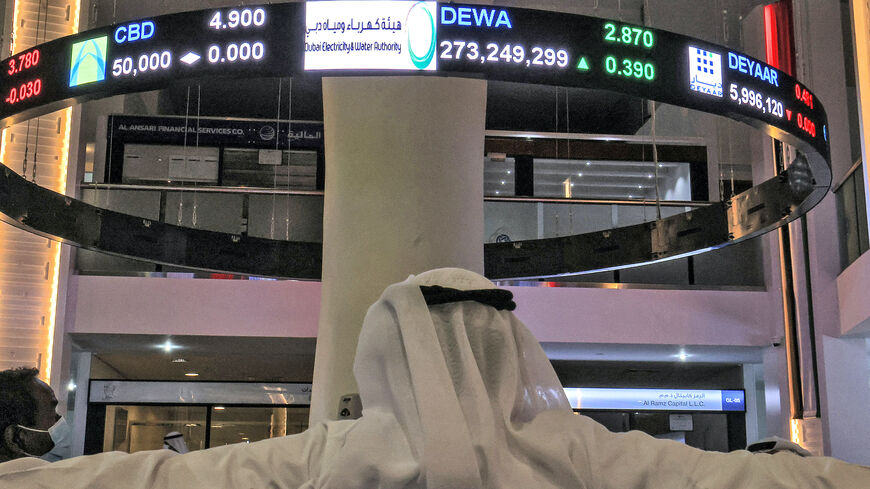Qatar National Bank says GCC banks have more liquidity than global rivals
An executive at the Qatari lender said that Gulf countries will have to compete with the rest of the world for billions of dollars in equity to finance infrastructure projects, of which there is a higher demand than supply.

PARIS — Gulf banks have more liquidity right now compared to many of their foreign peers mainly due to the higher interest rates in Europe and further afield, according to a senior executive at Qatar National Bank.
Speaking at Vision Golfe summit in Paris on Tuesday, Charles-Emmanuel de Beauregard, the bank's head of corporate and institutional banking, said that Gulf countries will have to compete with the rest of the world for for billions of dollars in equity to finance infrastructure projects, of which there is a higher demand than supply. He added that international banks are also concerned about the war in the Middle East and lending their money to gigaprojects in the region.
But Beauregard said that international banks had slightly less liquidity than GCC banks at the moment due to the region’s banks being well capitalized and the high interest rates in Europe and beyond.
“There was a lot of liquidity around which has tightened quite substantially, with the increase [in] interest rates, so [international banks] tend to be much more selective on the projects they finance and also they are looking at the geopolitical situation in the Middle East.”
He said that situation creates “a flight to quality,” in which international banks will only work on infrastructure projects in the Gulf that are strongly supported by sovereign wealth funds and state-owned companies that they are comfortable with.
“We see now a move that is quite new, which is the fact that GCC banks are very liquid again, and we are ready to support these initiatives. So you should expect to see more banks from the GCC, financing these [infrastructure] projects in the GCC but also in Europe, and less international banks, even though they are ready to cover the best projects also,” Beauregard added.
He said that infrastructure projects typically require 20-30% of their value as equity before getting loans from banks, which will often amount to billions and sometimes hundreds of billions of dollars.
Although who will provide the equity for many of these large projects remains a question, it will often be the Gulf sovereign wealth funds, the banker said.
A senior executive from the Saudi Arabian National Development Fund told Infrastructure Investor in May last year that the organization estimated that Saudi Arabia would need between $1 trillion and $2.5 trillion in infrastructure investments for 2024 alone. Much of this investment is propelled by the larger scale gigaprojects, such as Neom and the Red Sea Project.








